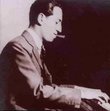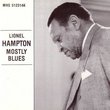| All Artists: Louis Armstrong Title: Hot Fives & Sevens 3 Members Wishing: 1 Total Copies: 0 Label: Sony Original Release Date: 3/28/1989 Re-Release Date: 10/25/1990 Genres: Jazz, Pop, Broadway & Vocalists Styles: New Orleans Jazz, Traditional Jazz & Ragtime, Dixieland, Vocal Pop, Classic Vocalists, Traditional Vocal Pop Number of Discs: 1 SwapaCD Credits: 1 UPCs: 074644442229, 074644442243 |
Search - Louis Armstrong :: Hot Fives & Sevens 3
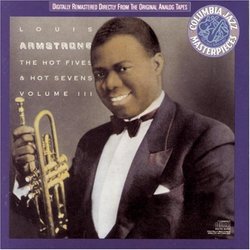 | Louis Armstrong Hot Fives & Sevens 3 Genres: Jazz, Pop, Broadway & Vocalists
By the time these recordings were made in 1927-28, Louis Armstrong had abandoned the darker sounding cornet in favor of the brasher, more brilliant tonality of the trumpet. The New Orleans ensemble effects so prominent in ... more » |
Larger Image |
CD DetailsSynopsis
Amazon.com By the time these recordings were made in 1927-28, Louis Armstrong had abandoned the darker sounding cornet in favor of the brasher, more brilliant tonality of the trumpet. The New Orleans ensemble effects so prominent in earlier Hot Five sessions were of secondary importance, as Armstrong's instrumental command ascended to dizzying heights. Pianist and soon-to-be ex-wife Lil Hardin's "Struttin with Some Barbecue" inspires the trumpeter to a soaring, brilliantly syncopated solo, while guitarist Lonnie Johnson's expressive blues playing inspires Louis to expressive new heights on "Hotter Than That" and "Savoy Blues." But it's the appearance of pianist Earl Hines on the June 27, 1928 recording session that marks a sea change in Armstrong's music. Here at last is an original thinker, with the chops, imagination, and daring to play with Louis at an Olympian level, beginning, appropriately enough, with their choruses on "Fireworks" and their dazzling exchanges on "Skip the Gutter." Hines' "A Monday Date" is a particular joy, from the humorous repartee (in which Louis tosses in a plug for his favorite local bootlegger) to Zutty Singleton's dancing spoons, to Hines's sprightly playing underneath Armstrong's vocals and the leader's punchy muted trumpet figures. --Chip Stern Similar CDs
Similarly Requested CDs
|
CD ReviewsThe Great Turning Point Peter Acebal | Christiansburg, VA United States | 12/29/2001 (5 out of 5 stars) "Like its two companion Volumes 1 and 2,this set follows the rapid evolution of Armstrong here in 1927-1928;the earlier part of this CD features the latter days of the original Hot 7 with "Struttin' With Some Barbeque" and "Ory's Creole Trombone" as stellar standouts,but it is first Armstrongs collaboration with early guitar ace Lonnie Johnson and thereafter the first sides with pianist Earl Hines that underscores the importance of collective chemistry in jazz,-both men are first-class musical minds and both push Armstrong on to previously unattained heights,-the call-and-response scat singing and guitar riffs of "Savoy Blues" are even surpassed by the almost symphonic complexity of the teamwork with Hines on "Fireworks". The low-fi sound (Which again I prefer to more recent reissues) cannot keep you away from the greatness of the jazz on this CD.If you already have Volumes 1 and 2 then GET THIS ONE!!!"
|

 Track Listings (16) - Disc #1
Track Listings (16) - Disc #1
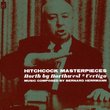
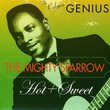

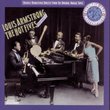
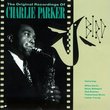

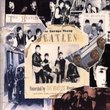
![The Ink Spots - The Greatest Hits [MCA]](https://nationalbookswap.com/cd//m/61/4061/24061.jpg)
